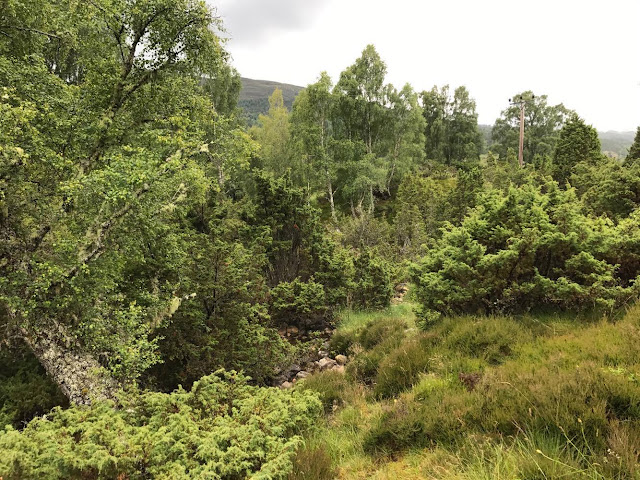Abandoned City Political Ecology 5: Pathmaking
In Britain, we have 'ancient' paths that have survived into the modern day through constant use, or sometimes conversion into roads or other modernisation. I've written about roads in this series before, but though more explicitly about paths as I took a hungover walk on a loop along a river and through a woodland. The river path had recently been completely flooded, and was now laid bare of the usual vegetation alongside, and some mud and sediment deposited here and there. There was also evidence of human repair; a little barrier tape or fencing, material moved from where the flood had dumped it, and gravel filling in holes. The woodland path on the loop back was much simpler than the sand, gravel and occasional tarmac of the river path; just a dirt path on a terraced bit of slope in among the trees- but noticeably flattened through use, compacted underfoot. it made me think of the Gaelic word bánóg, "a patch of ground levelled out by years of dancing."*
Alongside every single animal that travels as a matter of survival, we require of the world 'ways' around the terrain and obstacles of the world to get to and from key destinations or break new ground. All paths would originally take the path of least resistance, avoiding strenuous gradient, dangerous obstacles and reaching rewards along the way. Many of these paths may become fully integrated into settlements that grew with the catalysts of cultivation and later industrialisation, becoming eventually modern day roads. They may also be modernised in other ways, simply becoming highways or left still for non-car users but with conveniences such as tarmac surfacing, wayside amenities and signage.
Often you will find paths that hold out on a kind of feral presentation, careful not to break the illusions and aesthetic found in preserved or created wildernesses. Though lacking industrial fine-tuning, they are no less monitored, amended, and structured than any other human-made pathway.
As long as there are humans, there will be pathways, in the same way that the existence of many animal trails persists with the existence of the species that made them. What can we expect from our paths in a world where humanity has become extinct, or at least moved from or abandoned areas in a significant way?
My thoughts are that though brambles and trees may encroach and soil & terrain may shift with no human maintenance, many of these paths we have eked out will continue in a base form at least through the adoption by animals that share our path-finding trait, in the UK typically foxes and badgers.
I take it as a given in this theoretical world that a large number of paths would simply be re-absorbed into the surrounding habitat. Still I am interested in that muddy path maintained mostly through use, whose surface and topsoil have become completely flattened and massaged into shape and contour by our feet. will this become a strip of differential flora, who dislike or prefer the compacted soil? will it be recognizable in years on the horizon as a simulacrum of sandstone, compacted into shape by immense pressure? Likely still, with only dainty paw-fall to keep it up, the leaves and wood and dander of the wood would build up, the worms and soil life would take it in, gently tilthing the surface until roots finally make their claim, as was and shall be once more.
*Manchán Magan, Thirty-Two Words for Field (Gill Books: Dublin) p.5
Missing from the series is number 4, which I mistakenly published elsewhere. Find it here



Comments
Post a Comment